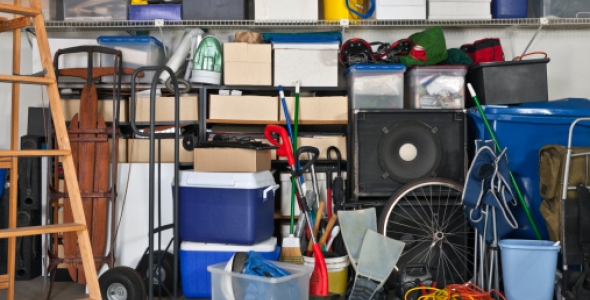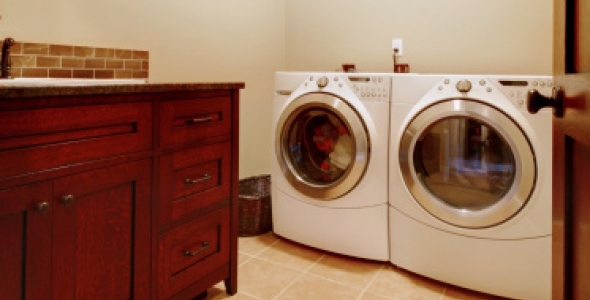Most people know that buying locally grown, in season crops is the most environmentally friendly food to purchase and eat. It makes sense why. Tomatoes grown out of season require high-energy consuming greenhouses; winter avocados must be flown and then driven up from Argentina. It’s a large carbon footprint for one piece of produce. Meeting a watermelon halfway at a summer farmer’s market is a big step in sustainability, but having green friendly products delivered is even bigger.
A quick Internet search in any major city will yield results for cooperative deliveries. Every couple of weeks farmers unload crates of squash, lettuce, beets, whatever’s in season, at a drop off house. For some set ups, members of the coop then get their share from the central house; other times the farmer delivers goods to each individual household. In either situation, the amount of shipping the produce has to go through is dramatically reduced—even for a local green grocer, much less a corporate chain like Target.
But it isn’t just food that’s better to be delivered. All green friendly products reduce their carbon footprint when you order them online. From soaps to fluorescent light bulbs, anything you’d normally buy at the store requires a significant amount of gas. It’s true that the average delivery truck will produce five times the amount of CO2 as your car. But because it drives through a cycle of deliveries, it can carry a thousand normal shopping loads, saving hugely in the long run. Buying local is of course great, but if you can cut out most of your excursions to the store, green friendly products just become greener when they’re delivered.



























































































































































